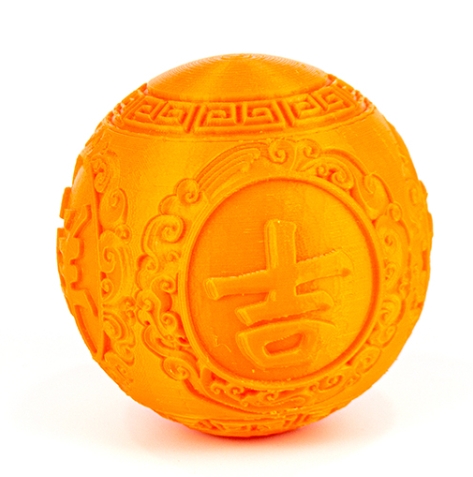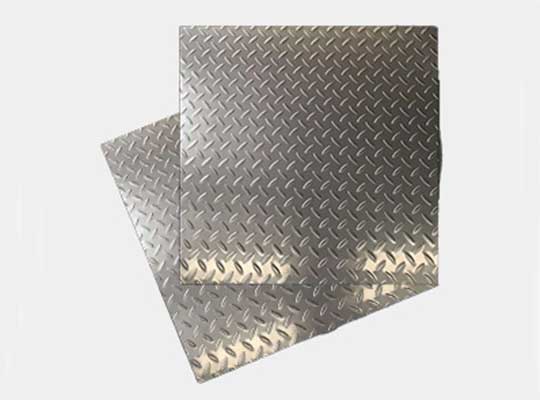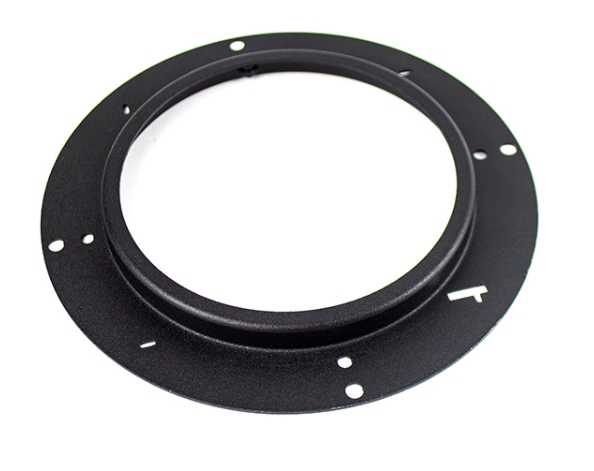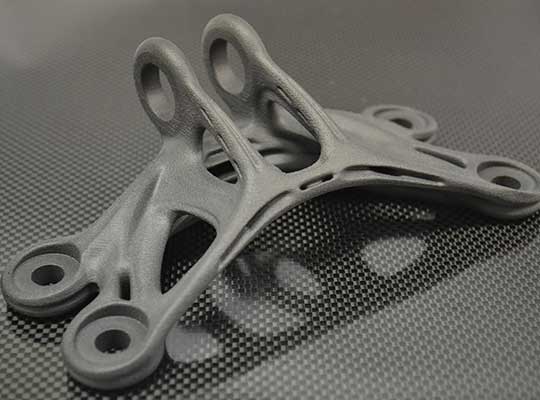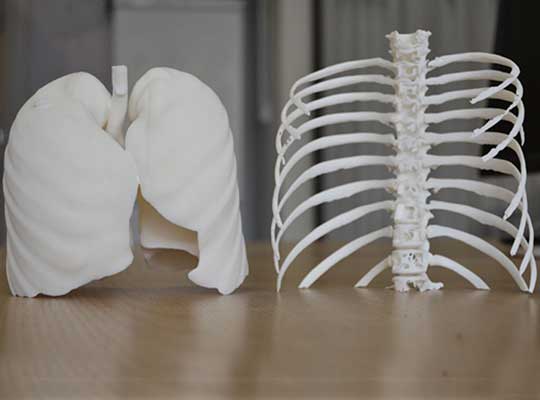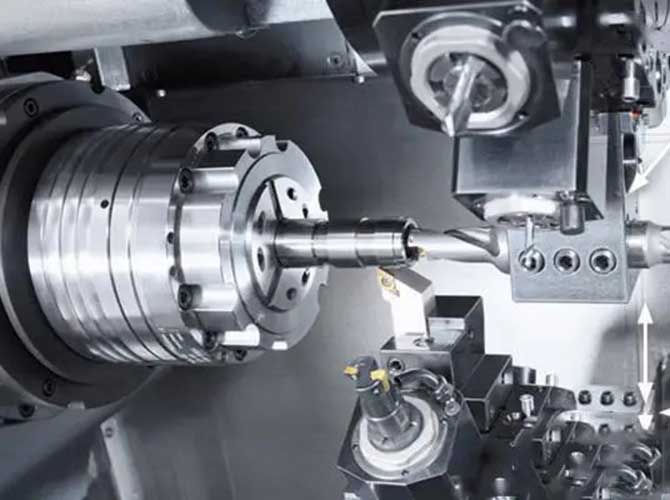If you’re a product designer, مهندس, or hobbyist working on a new project, you’ve probably asked: “Is PLA a good choice for my 3D printed prototype?" The short answer is yes—but with key considerations. في هذا الدليل, we’ll break down everything you need to know about using PLA (حمض بولييلاكتيك) for prototype models, from its biggest advantages to limitations and practical tips.
What Is PLA, and Why Is It Popular for 3D Printing?
أولاً, let’s start with the basics. PLA is a biodegradable thermoplastic made from renewable resources like corn starch, sugarcane, or cassava. It’s one of the most widely used 3D printing materials globally, and for good reason.
According to industry data from 2024:
- PLA accounts for زيادة 45% of all consumer and professional 3D printing filament sales (source: 3D Printing Industry Report).
- Average PLA filament costs range from \(15 ل \)30 لكل كيلوغرام, making it 30–50% cheaper than materials like ABS or PC (البولي).
- 78% of beginner 3D printer users start with PLA due to its easy-to-print nature (source: MakerBot User Survey).
Key Advantages of Using PLA for 3D Printed Prototypes
PLA shines in prototype projects where cost, سرعة, and environmental impact matter most. Below are its top benefits, backed by practical use cases:
1. Eco-Friendly and Sustainable
PLA is 100% biodegradable under industrial composting conditions (typically 180–210 days at 55°C with moisture). This is a huge plus if:
- Your company prioritizes sustainability in product development.
- You’re creating temporary prototypes that will be discarded after testing.
- You want to reduce plastic waste compared to non-biodegradable materials like ABS.
2. Easy to Print (Perfect for Beginners and Fast Turnaround)
PLA has a low melting point (180–220°C, مقابل. 230–260°C for ABS) and minimal warping. هذا يعنى:
- Fewer print failures: Even new users report a 90%+ success rate with PLA for simple to moderate prototype designs.
- No need for a heated print bed (though it helps with adhesion): Saves time on setup and reduces energy use.
- Faster print speeds: PLA can be printed at 50–80 mm/s (مقابل. 30–50 mm/s for ABS), cutting prototype production time by 20–30%.
3. Cost-Effective for Iterations
Prototyping often requires multiple iterations (على سبيل المثال, testing fit, form, or basic function). PLA’s low cost makes it easy to test ideas without overspending. Let’s compare costs for a small prototype (100g of filament needed):
| مادة | Cost per 100g | Print Failure Cost Risk | Total Average Cost per Prototype |
| جيش التحرير الشعبى الصينى | \(1.5- )3 | قليل (≈5% failure rate) | \(1.6- )3.2 |
| القيمة المطلقة | \(2.5- )4 | عالي (≈15% failure rate) | \(2.9- )4.6 |
| الكمبيوتر الشخصي | \(4- )6 | واسطة (≈10% failure rate) | \(4.4- )6.6 |
As you can see, PLA cuts costs significantly—especially when you’re printing 5+ iterations.
4. Good Mechanical Properties for Simple Prototypes
While PLA isn’t the strongest material, it has enough strength and rigidity for most basic prototype needs:
- Tensile strength: 50–70 MPa (similar to low-density polyethylene, enough for testing part fit).
- Flexural modulus: 2.5–3.5 GPa (stiff enough for mockups of housings, حاويات, or small components).
- الانتهاء من السطح: PLA prints with smooth, low-porosity surfaces, so you can easily sand or paint prototypes for client presentations.
Limitations of PLA for Prototypes (When to Choose Another Material)
PLA isn’t a one-size-fits-all solution. Its weaknesses mean it’s not ideal for every prototype. Here are the key limitations to watch for:
1. Poor Heat Resistance
PLA softens at 50–60°C (مقابل. 90–100°C for ABS and 120°C for PC). This makes it a bad choice if your prototype will:
- Be used near heat sources (على سبيل المثال, electronics with warm components).
- Be tested in high-temperature environments (على سبيل المثال, outdoor gear in summer).
- Need to withstand friction or pressure that generates heat.
2. Low Impact Resistance
PLA is brittle compared to ABS or TPU (thermoplastic polyurethane). It will crack or break under:
- Dropping (على سبيل المثال, prototypes for phone cases or tools).
- Heavy pressure (على سبيل المثال, structural parts like brackets).
- Bending (على سبيل المثال, flexible components like hinges).
3. Minor Warping Risks
While PLA warps less than ABS, it can still shift during printing if:
- The print bed isn’t level.
- The ambient temperature in your workspace fluctuates (على سبيل المثال, near windows or vents).
- The prototype has large, flat surfaces (على سبيل المثال, a laptop stand mockup).
How to Maximize PLA Prototype Quality: Tips for Success
If you decide to use PLA, follow these steps to avoid common issues and get the best results:
- Use a slightly heated bed: Set it to 50–60°C to improve adhesion (even though PLA doesn’t يتطلب it).
- Control workspace temperature: Keep your printer in a room with 20–25°C temperature (no drafts!).
- Adjust layer height: For detailed prototypes, use 0.15–0.2 mm layer height; for faster prints, use 0.25–0.3 mm.
- إضافة دعامات للترجمة: PLA can handle small overhangs (up to 45°), but for steeper angles (على سبيل المثال, 60°+), add dissolvable or breakaway supports.
- Post-process for strength: If you need a bit more durability, coat your prototype with a thin layer of epoxy resin (this won’t fix heat resistance, but it will reduce brittleness).
Yigu Technology’s Perspective on PLA for Prototypes
في Yigu Technology, we recommend PLA for 80% of our clients’ initial prototype projects—especially for concept validation and form-fit testing. Its affordability lets clients iterate quickly (we’ve seen teams cut prototype timelines by 3–5 days using PLA vs. القيمة المطلقة), and its sustainability aligns with the eco-conscious goals of many modern businesses. For prototypes needing heat or impact resistance, we often suggest blending PLA with other materials (على سبيل المثال, PLA+ for slight strength gains) or switching to ABS/PC for final testing. Ultimately, PLA is a smart, cost-effective starting point for most product development journeys.
التعليمات:
1. Can PLA prototypes be painted or dyed?
نعم! PLA’s smooth surface accepts acrylic paints, spray paints, and even dyes well. For best results, sand the prototype lightly with 200–400 grit sandpaper first to help the paint adhere.
2. How long will a PLA prototype last?
If stored in a cool, dry place (away from heat and sunlight), a PLA prototype can last 2–5 years without degradation. If exposed to moisture or high temperatures, it may start to soften or break down faster.
3. Is PLA food-safe for prototypes (على سبيل المثال, kitchen gadget mockups)?
Pure PLA is food-safe, but most PLA filaments have additives (على سبيل المثال, colorants) that may not be. If you need a food-safe prototype, choose “food-grade PLA” from reputable brands and avoid using the prototype for actual food contact (it’s still a prototype, not a final product!).
